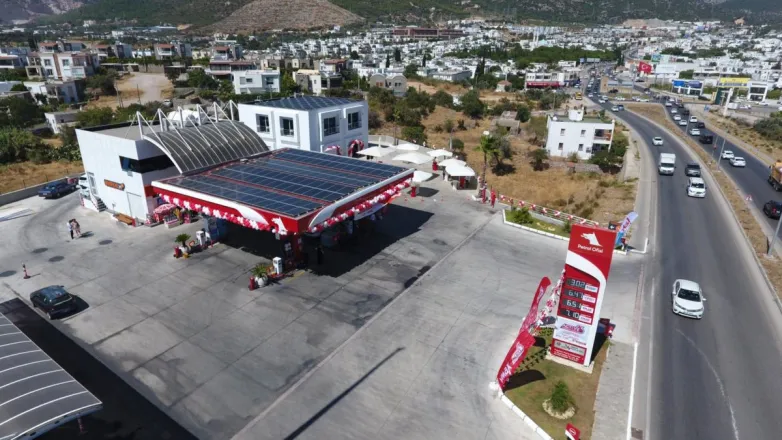Turkey’s net-metering: Will commercial, residential or municipal lead the way?
Oct 4, 2019 11:47 AM ET
- Turkey introduced net metering in May, stoking hopes the scheme could add meaningful volumes of new solar generation capacity. Municipal governments elected in the spring can also boost the program’s success, provided the many layers of authority can work together, that is.

Municipal solar
Istanbul, Turkey’s biggest city, has a population of around 15 million and needs more electricity.
The city suffers energy shortages and power cuts but is limited in its ability to embrace solar thanks to a series of policy failures.
A net metering scheme approved in May generated hope and a new metropolitan mayor was elected the following month, promising a modern agenda. Ekrem İmamoğlu was elected on a manifesto to promote sustainable development and solar power in particular. Pressed by pv magazine on the actions he planned to achieve that goal, however, his campaign team failed to provide any.
İmamoğlu’s task is unlikely to prove easy, partly due to local politics. Istanbul has 39 districts governed by separate politicians. The district mayors are responsible for management of building stock in their areas with transportation and water policy set by the metropolitan mayor. That means net metered rooftop PV needs to appeal to the metropolitan and district chiefs. Working towards a common goal may be the ideal but expecting 40 elected members from diverse political backgrounds to co-operate can be like herding cats.
And it is not just Istanbul, the complex local authority picture is replicated across Turkey.
Eskişehir Tepebaşi for example, a district in the metropolitan area of Eskişehir in northwestern Turkey, has installed a solar rooftop on a retirement home. The project was funded by the European Union and a spokeswoman for the district mayor told pv magazine the system will generate all the residence’s electricity needs.
Meanwhile, the municipality of Tepebaşı has set a target of using solar to supply 20% of the electricity needs of its public buildings. However, when asked by pv magazine about how it would achieve the goal and whether the municipality aims to use net metering, the same spokeswoman quoted above was unable to answer.
Attendees at the Turkey Europe Future Forum 2019 event held in the summer heard the public has a role to play in pressuring local authorities to install solar on schools and other public buildings.
Residential vs commercial vs industrial net metering
Utku Korkmaz, CEO of Istanbul-based solar installer Solarçatı, told pv magazine net metering applies to residential, commercial, industrial and public buildings and he expects the commercial segment to pick up first.
Under Turkey’s net metering regime, Korkmaz said, residential systems can have a generation capacity no larger than 10 kW but other segments can apply net metering to larger installations as long as they have a capacity no larger than power demand agreements signed with grid operators. “All users can export and sell the generated electricity to the grid at the same tariff price they purchase electricity,” said Korkmaz.
All electricity users in Turkey are charged a fee by grid operators per kilowatt-hour consumed for the use of power lines. Net metered customers pay half the fee for any power they export to the grid and must also pay it in full for each unit of electricity they self consume.
Despite the wrinkles in the system, Korkmaz said he was confident net metering would take off for commercial installations because the cost of commercial and municipal electricity in Turkey is significantly higher than that for residential or industrial power.
Solarçatı gave pv magazine an indicative calculation of net metering payback times in Turkey to illustrate the point.

The calculations are based on a net metered PV system installed in Izmir without borrowing at a cost of $1,000/kW for residential systems and $700/kW for commercial and industrial systems. Operation and maintenance costs have been factored in.
Also read

